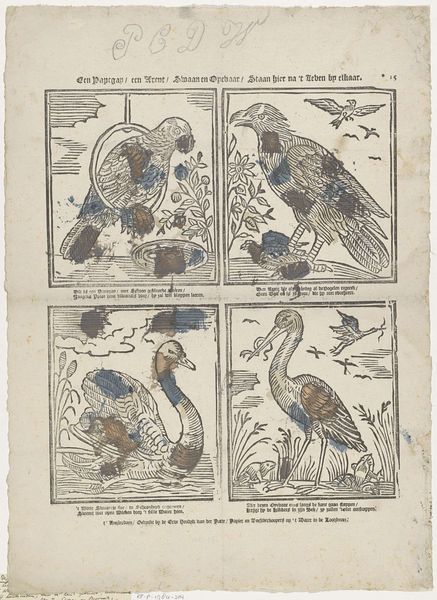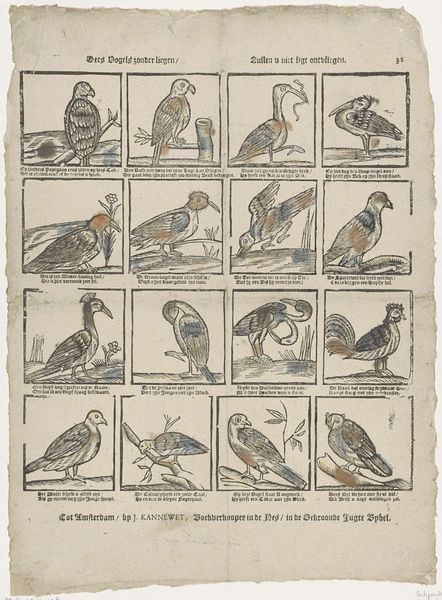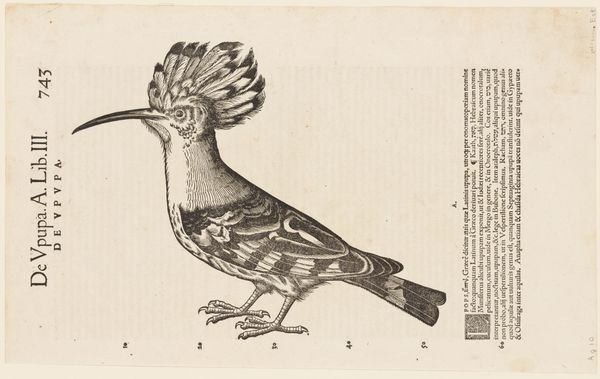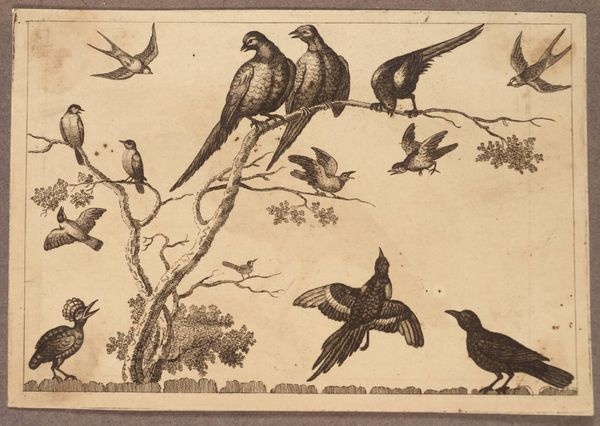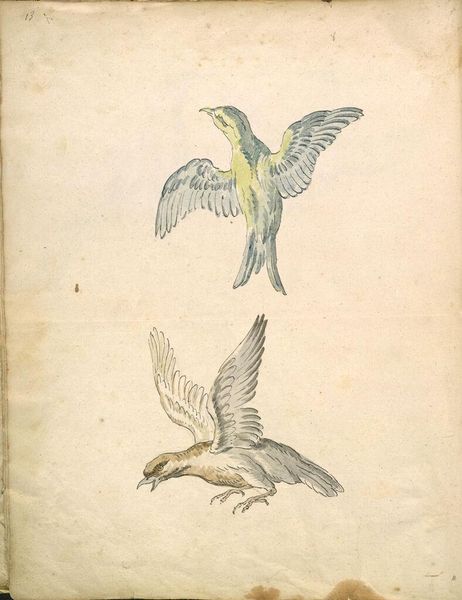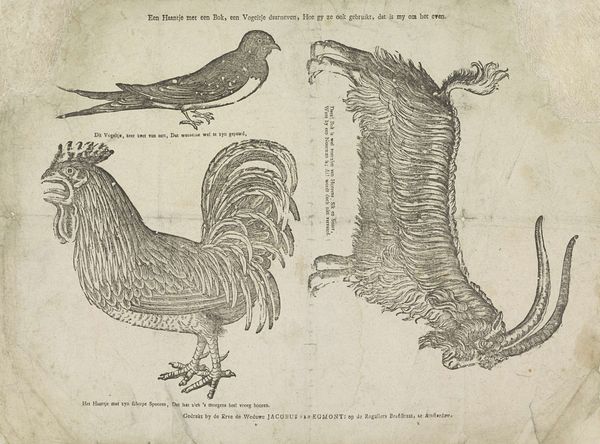
Kinders ziet dees vogels groot en schoone / Hoe heerlijk dat zy bende haar vertoone 1555 - 1780
0:00
0:00
drawing, print, paper, ink
#
drawing
#
aged paper
#
toned paper
#
quirky sketch
# print
#
sketch book
#
bird
#
figuration
#
paper
#
11_renaissance
#
personal sketchbook
#
ink
#
ink colored
#
sketchbook drawing
#
watercolour illustration
#
genre-painting
#
storyboard and sketchbook work
#
northern-renaissance
#
sketchbook art
Dimensions: height 398 mm, width 308 mm
Copyright: Rijks Museum: Open Domain
Curator: This print, dating roughly between 1555 and 1780, is attributed to Johannes (II) Kannewet. It’s titled "Kinders ziet dees vogels groot en schoone / Hoe heerlijk dat zy bende haar vertoone." It’s rendered in ink on paper, and you can find it here at the Rijksmuseum. Editor: The first thing that strikes me is the almost diagrammatic quality. Two panels, each showcasing a different bird – one perching, the other a swimming duck. They seem rendered more for instruction than aesthetic beauty. Curator: Precisely! The birds are presented with accompanying text – almost like an early field guide, indicating their characteristics. I'm particularly intrigued by the use of avian imagery as a representation of freedom and the natural world, reflecting Renaissance interests. Editor: What's compelling is the process here: printmaking as a reproductive technology, making nature and knowledge more accessible. Look at the aged paper and delicate inking; there’s an intimacy despite the print's intent. This wasn't fine art meant to adorn a palace; this was knowledge dissemination through affordable means. Curator: I find the inscription significant. "Kinders ziet dees vogels groot en schoone…" translates roughly to "Children see these birds, big and beautiful..." which frames it didactically, aiming to inspire wonder in the natural world among young viewers. Editor: But who were Kannewet's intended viewers, beyond the children? Printmaking allowed for wider audiences, yes, but also for specific social spheres. Perhaps wealthy burghers educating their offspring? And look at how labor is evident— the grain of the paper, the pressure of the printing press. This object tells us about consumption, knowledge, and the social hierarchy surrounding its use. Curator: These were indeed times where natural philosophy and observation started to gain prominence. Visual representations aided with categorisation of living things – contributing to emerging sciences, too. Editor: Right, this small piece encapsulates both an emerging empirical mindset *and* expanding methods of production and information sharing. The convergence of science, technology, and art here is hard to ignore. Curator: I concur. It prompts reflection on how our understanding of symbols and scientific pursuit intertwined then… and continues today. Editor: Indeed, revealing that seemingly simple illustrations hold vast socio-historical contexts within their material being.
Comments
No comments
Be the first to comment and join the conversation on the ultimate creative platform.

